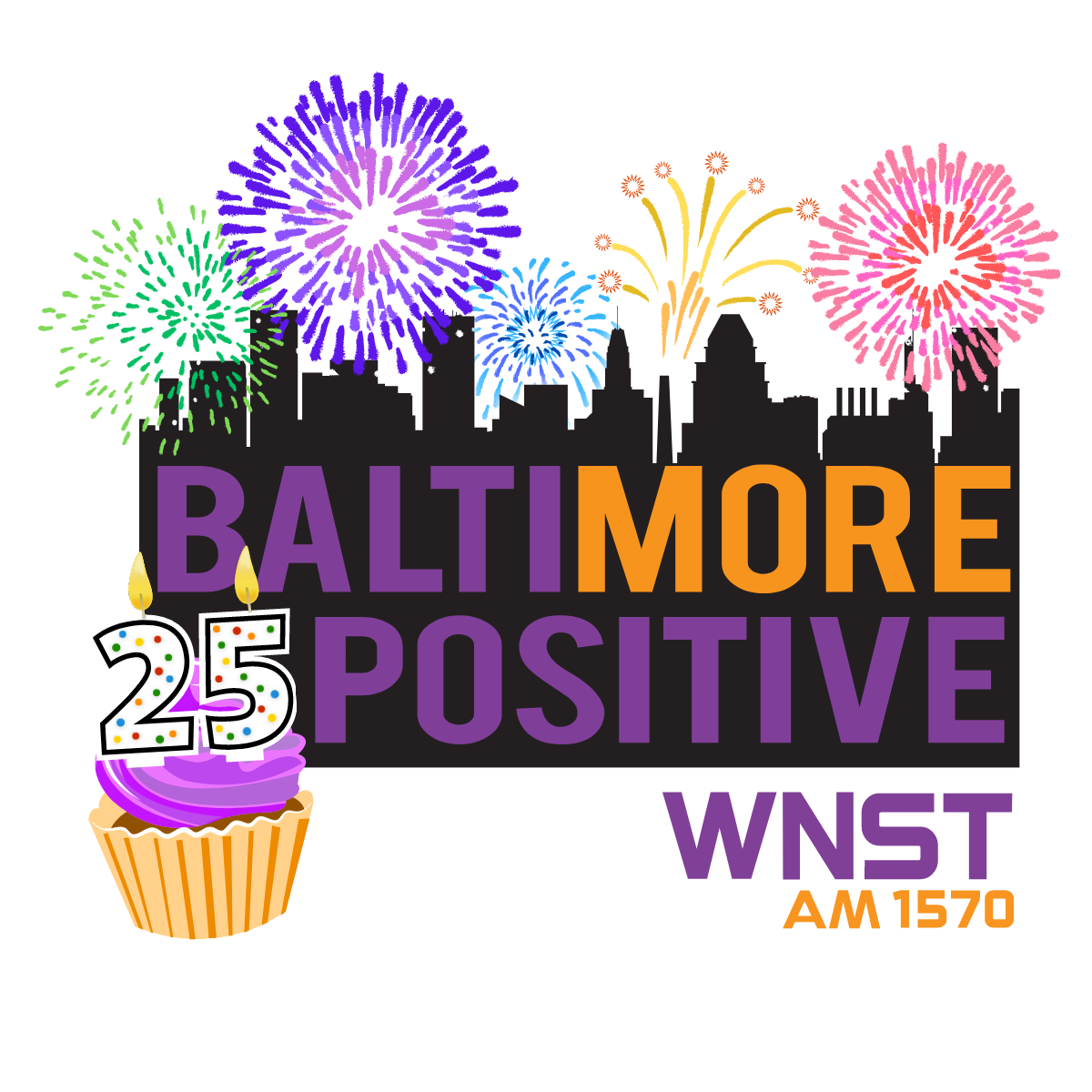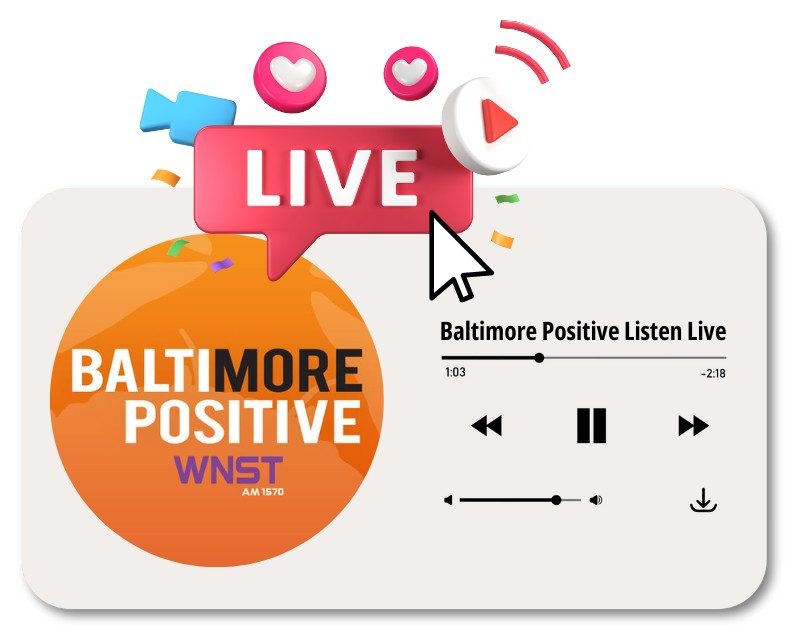He was in that steamy courtroom on that August day in 1993 to change that. Most people in Baltimore had no idea who Peter G. Angelos was on that day.
If he could win this bid and bring home a local ownership team to Baltimore, he’d be revered forever as a champion of the people and a modern day hero in his adopted hometown.
At least that’s what he thought.
***
THE SELLER OF THE BALTIMORE Orioles, Eli Jacobs, wasn’t broken-hearted to be selling the baseball team. He was much closer to “broke” than broken-hearted.
Before his bankruptcy case, Jacobs told Tony Kornheiser of The Washington Post in June 1991 that he didn’t like owning a MLB team as much as he thought he would. “I’d prefer that I live a normal, ordinary life.” Described as introverted and doggedly shy, Jacobs put the team on the market for $200 million as the Orioles wound down their time at Memorial Stadium. Jacobs paid just $70 million for the team less than three years earlier.
Jacobs thought the team merited a $130 million appreciation as Camden Yards opened its doors in April 1992. He was at the right place at the right time in buying – and then trying to flip – the Baltimore Orioles.
While continually denying any financial pressure, his price lowered to $160 million by the fall of 1992, when his empire was privately crumbling. By December, he was reportedly negotiating exclusively with William DeWitt, Jr., a baseball family insider and Cincinnati oil executive, who owned a small piece of the Texas Rangers with soon-to-be President George W. Bush. The price was in the $150 million range. DeWitt, through his connections with new commissioner Bud Selig was thought to be “pre-approved” for ownership given his reputation and family legacy in the sport.
At the time, there were only two comparable sales of any sports franchise in North America: the National Football League’s Dallas Cowboys fetched $140 million from oil tycoon Jerry Jones in February 1989 and the MLB Seattle Mariners sold for a then-thought-to-be-outlandish $125 million in February 1992.
Jacobs bought the team on Dec. 6, 1989, from the estate of Washington-based attorney Edward Bennett Williams, who died in the summer of 1988 after inking a long-term deal with then-Governor William Donald Schaefer to keep the Orioles in Baltimore and move them into a new downtown ballpark that would become Oriole Park at Camden Yards. Jacobs was a junk bond man from Wall Street in the 1980s. A Red Sox fan by birth, Jacobs bought the Orioles because he could afford to do it and because it allowed him to enter rooms with presidents, the Queen of England and various business leaders and politicians. Plus, it was right on the train between Washington and New York and he could wield some political clout with his Republican friends by owning a Major League Baseball team.
He also thought it was a pretty sound investment.
And he was right.
More than any other Major League Baseball team, the Orioles were swimming in profit. In 1990, they had $2.1 million in profit. In 1991, it increased to $7 million with big sales for the final season at Memorial Stadium. And in 1992 at the shiny new publicly financed palace, which was the centerpiece of a downtown urban renaissance for Baltimore, the Orioles made $28 million in profit while drawing 3.8 million fans to the Inner Harbor for baseball.
The Baltimore Orioles franchise was the gem of baseball and a civic treasure in 1992 when Camden Yards opened its doors. If you were anybody in Baltimore – or even around the D.C. Beltway and straight onto Capital Hill – an Orioles game on a summer night was the place to be in the Mid-Atlantic region. At this point in his career, just seeing Cal Ripken Jr. play baseball was thought to be something you’d be telling your grandkids about for years to come.
Jacobs was in the right spot at the right time with the Orioles. He was in charge of a soft underbelly of the Orioles existence. Fans had high expectations because the community was fresh off of a 17-year run of mostly exceptional baseball and two generations of fans who thought of the team as an extended member of their families and referred to virtually every member of the franchise by their first name or nickname. It was a love affair that left grown men in tears when Earl Weaver and Jim Palmer retired and forced full families into tears when the team made an emotional departure in the fall of 1991 from gritty 33rd Street and Memorial Stadium to the shiny, new retro ballpark at Camden Yards in the spring of 1992.
Every Baltimorean who was alive that day vividly remembers those events. The Orioles were like royalty and Memorial Stadium was a closing castle. This move spanned the generations for Baltimore sports fans.
The Orioles, simply put, were considered a public treasure – an institution respected, revered, loved and admired. And after the Baltimore Colts were stolen away to Indianapolis in the middle of the night on March 28, 1984, by a carpet-bagging, Chicagoan with a penchant for vodka at 10 a.m. named Robert Irsay, the baseball team took on an even bigger role in civic pride, especially after the 1983 World Series championship. Overnight, Baltimore had become a one-sport town.
But while things were postcard-perfect for the business of the Orioles in 1993, Jacobs – the epitome of an “outsider” in intensely provincial Baltimore, a Boston native and resident of New York – was in the midst of a massive financial crisis.
The team bottomed out on the field in 1988 with an 0-21 start and an ailing owner but the promise of the stadium and an exciting team in 1989 gave Jacobs’ $70 million investment some security. But other than being a fan, he knew very little about operating a baseball team and allowed limited partner and C.E.O. and President Larry Lucchino, a holdover from Williams’ ownership, to operate the club on a strict budget after pulling a power play to make sure that Sargent Shriver, a third partner, wasn’t influential with the franchise.
From 1990 to early 1993, under Jacobs’ reign, the obvious growth in attendance and interest did very little to positively affect the quality of play on the field. Each year, when the team could’ve used better players at the trading deadline, the Orioles were forced into low-budget, low-risk, low-ceiling veterans and an eventual late summer fade. And the franchise was reeling from the results of a poor 1991 trade with the Houston Astros that netted a broken-down slugger named Glenn Davis in exchange for three young players – outfielder Steve Finley and pitchers Peter Harnisch and Curt Schilling – who were all turning into quality MLB players.
Meanwhile, Jacobs was getting skewered on sports talk radio in Baltimore, where the Orioles were the only game in town. And Jacobs was considered a “cheapskate” by Orioles fans and he was very succinct and vocal in wanting to relinquish his investment, even before his economic issues fully hit the media.
As an asset, it was hard to argue with the growth of franchise values for anyone who assessed the industry. Major League Baseball franchises had usually tread water in annual income but the emerging trend of publicly-financed stadiums along with growth in television revenue and marketing money made the franchises climb in resale value. Plus, any good attorney and accountant would tell you that it’s a helluva tax shelter for anyone wealthy.
The biggest issue regarding the sport as a whole during the summer of 1993 was the impending labor doom and gloom that surrounded the game for more than two decades. A draconian policy called the “reserve clause” bound MLB players to the same team for the lifetime of their baseball career, which artificially suppressed their salaries and earning potential for decades. In 1975, the Major League Baseball Players Association under the leadership of Marvin Miller won a case that became known as the Seitz Decision, which open the gates for free agency and open bidding on the best players in the game.
For two decades, player salaries escalated, sometimes in rather arbitrary and outsized ways, as competitive owners who wanted to win didn’t care as much about losing money as they did about holding up a championship trophy for their respective hometowns. Rich, egotistical men buy sports franchises to feed their egos and to feel the power of competing and winning a championship and civic respect. But these Major League Baseball owners, on the whole, were also tired of getting beaten at the negotiating table over and over again by the MLBPA at every cycle while many were legitimately losing money each year even though the clubs’ respective values upon resale seemed to be making up the difference.
The summer of 1994 figured to be an Apocalyptic battle between the players and owners, who had suffered through seven work stoppages and disputes over the previous 22 years. Anyone who won this battle for the ownership of the Baltimore Orioles in 1993 would certainly have to be prepared for the upcoming war with the players that had become such a tired refrain for the fans, most of whom just wanted to watch baseball and support their favorite team and players.


























